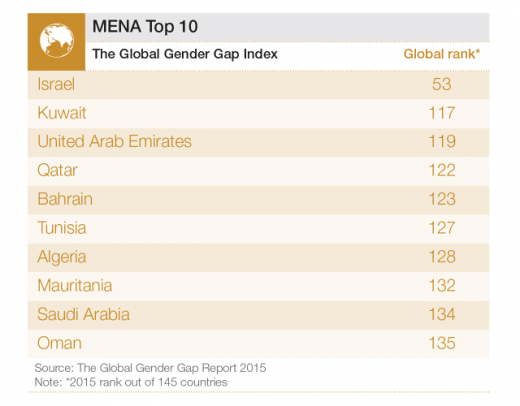The worldwide Gender hole isn’t rising–but it’s not Narrowing a lot both
growth is gradual on the trail to gender parity, but a couple of stunning international locations are leading the way in which.
November 20, 2015
there is an enormous development probability in making men and women extra equal. lowering gender gaps around wages and workplace representation may generate trillions in additional economic output, a recent McKinsey file showed. by no means thoughts that ladies clearly deserve fairer access to the economy, well being care, and education.
it can be miserable, then, that the gaps aren’t narrowing extra quickly. yes, they’re narrowing—with the aid of four% over the last 10 years, in keeping with a new document. but it surely’s at a p.c. of change that’s painfully gradual in lots of international locations. fully closing the industrial hole between women and girls will take another 118 years, going on the current fee, the learn about says.
the arena financial forum rankings and ranks nations on financial, political, schooling, and well being standards, penalizing and worthwhile nations for his or her gap sizes (no longer their total stage of building). As normal, the Nordic nations do best possible, with Iceland, Norway, Finland, and Sweden in the prime four places. eire is 5th, Rwanda and the Philippines are subsequent, and the U.S. ranks twenty eighth. Yemen, Pakistan, and Syria fall to the very backside.
the top international locations get close to-perfect marks for health outcomes (measured, for example, through lifestyles expectancy) and education attainment. The U.S. ranks neatly on financial equality—e.g. on wages—however falls down for well being (we’ve got fallen from 1st location in 2006 to sixty fourth place this yr) and political empowerment (72nd location).
Ten countries—Austria, the Bahamas, Brazil, France, Finland, Guyana, Latvia, Lesotho, Nicaragua, and Namibia—have totally closed the gap on each the health and schooling. No nations get a one hundred% ranking for economic participation and political empowerment. however 14, including four from Sub-Saharan Africa (e.g. Burundi) and five from Europe and imperative Asia (e.g. Moldova), have closed more than eighty% of the industrial gap, which is impressive.
It is probably not feasible for a Sub-Saharan or heart eastern u . s . a . to engineer gender equality in a single day. The gaps are, to a point, a made from construction stage, or the lack of certain insurance policies that may be dear. If international locations do not provide childcare products and services and family depart, for example, it can be troublesome to expect mothers to work. different obstacles are extra cultural and criminal—for example, in the way in which tax systems treat men and women otherwise. The file offers a section on policies and industry practices to close gender gaps.
The document teams international locations through region, giving governments local reference points. Saudi Arabia (134th situation) would possibly not transform Sweden in a hurry, but it surely can look to achieve the criteria of, say, Kuwait and the United Arab Emirates, that are additional up the scale. In its report, McKinsey mentioned closing gender gaps just to the very best-performing usa in each and every area might generate $12 trillion in economic task. that’s an immense deal, never mind the ethical reasons for ending gender inequality.
See the full record right here.
[quilt Illustration: hunthomas by means of Shutterstock]
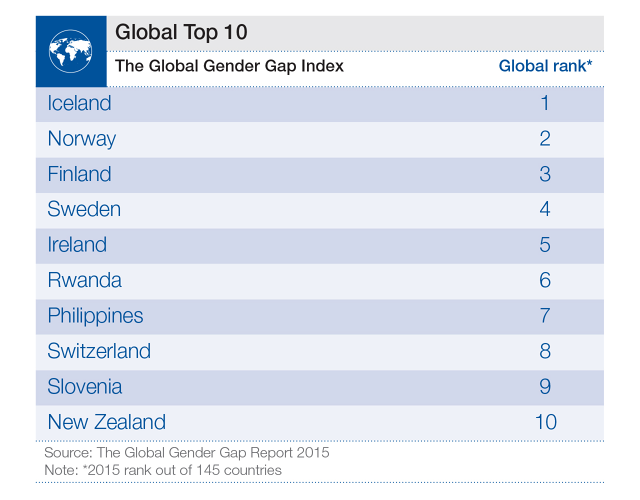
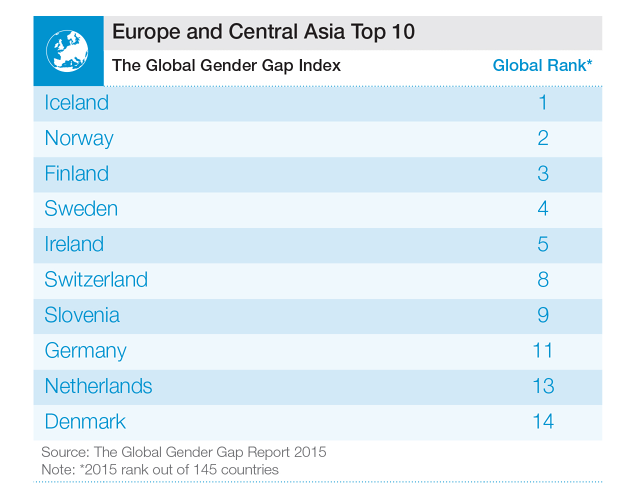
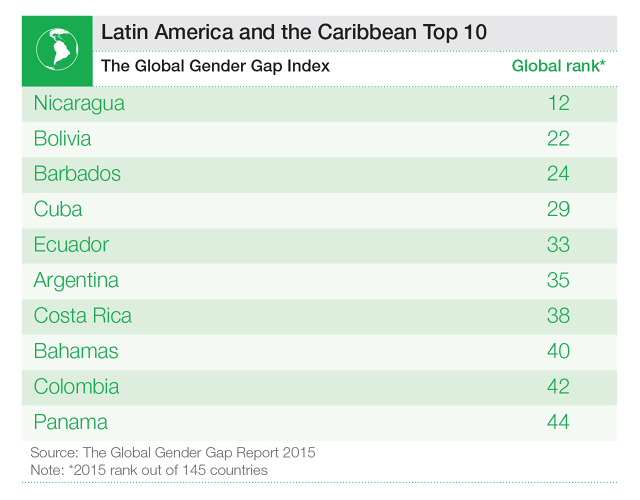

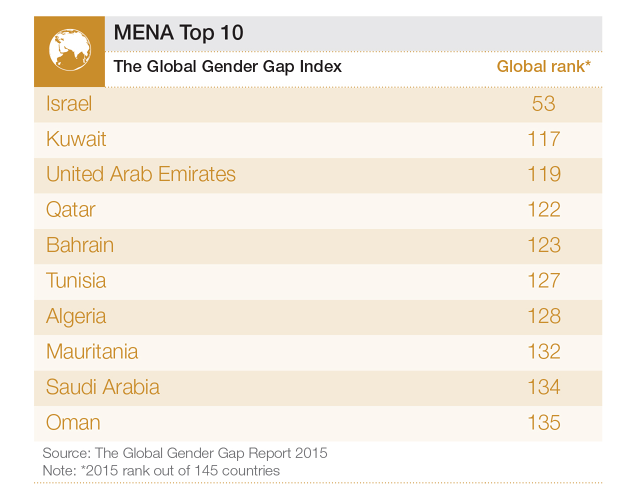
(38)

